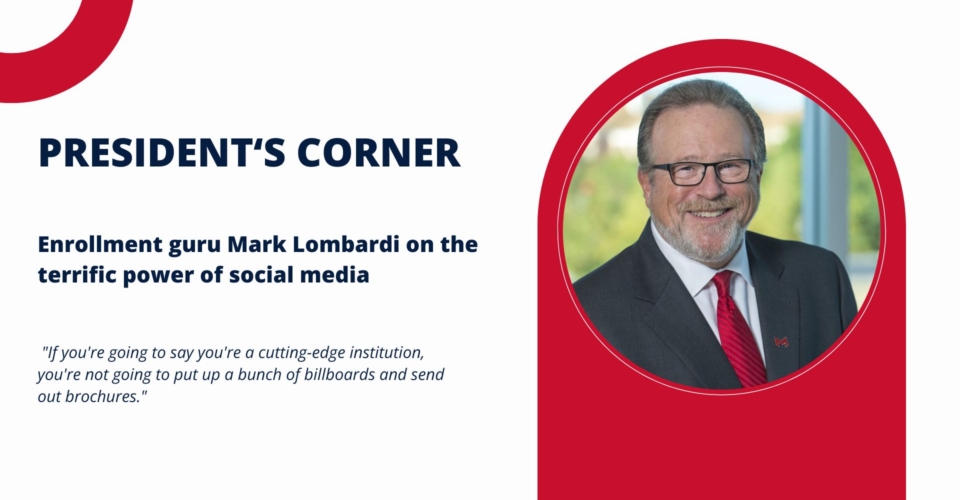Colleges and universities already worrying about maintaining their relevance to prospective students and the workforce are also now entrenched in a new drama few are adequately prepared for: the increasing litigation and compliance involved in the sector.
Chief legal officers, faculty members, university presidents and other college leaders gathered at Touro University New York to share insight, wisdom and even their worries about the changing regulatory landscape of higher education over the past two decades. The symposium, hosted by Touro Law, was recorded and published on its website.
As of the date of the event, there were 296 federal laws and regulations colleges and universities were subject to comply with, according to a resource hub created by the National Association of College and University Attorneys.
“More than ever, it’s incumbent on lawyers and leaders in the field to decipher the winds of change in higher education, not just to anticipate litigation but to understand the challenges that may come due to various regulations,” said Peter Lake, senior higher education attorney at Steptoe & Johnson.
More from UB: How ‘radical cooperation’ is empowering these 6 small colleges
“Compliance U,” which Lake quips represents the regulatory landscape of higher education today, began during the Obama administration when the Department of Education reshaped Title IX cases overnight through its “Dear Colleague” letter. By circumventing the rulemaking process, the guidance forced colleges and universities to comply quickly amdist a legal patchwork of rulings and lawsuits.
Litigating Title IX is “trench warfare,” said Steven Richard, partner at Nixon Peabody. “We have administrative requirements and the judicial interpretations that sometimes intersect in ways that create a lot of problems for us trying to advise our clients in higher education. It is a vexing challenge every day.”
Things took a daunting turn last year following three momentous U.S. Supreme Court cases, chief among them being Loper Bright Enterprises v. Raimondo. By weakening the Department of Education’s ability to enforce sweeping regulatory change, individual colleges and universities have become burdened with navigating judges’ varied interpretations of federal rulings in order to remain compliant.
“I don’t see a future where we have a seamless or even consistent regulatory landscape,” Lake said. “As judges here and there make various decisions, it may be difficult to reconcile one jurisdiction’s perspective to another.”
With the vast amount of legal experience required at institutions, some of the panelists suggested that industry leaders will need experience in education and the law.
“We have to deal with the intersection of lawyers representing higher education institutions, the administrative state, regulations from the Department of Education, what the judges do and the realities that go on every day on campuses,” Richard concluded.









